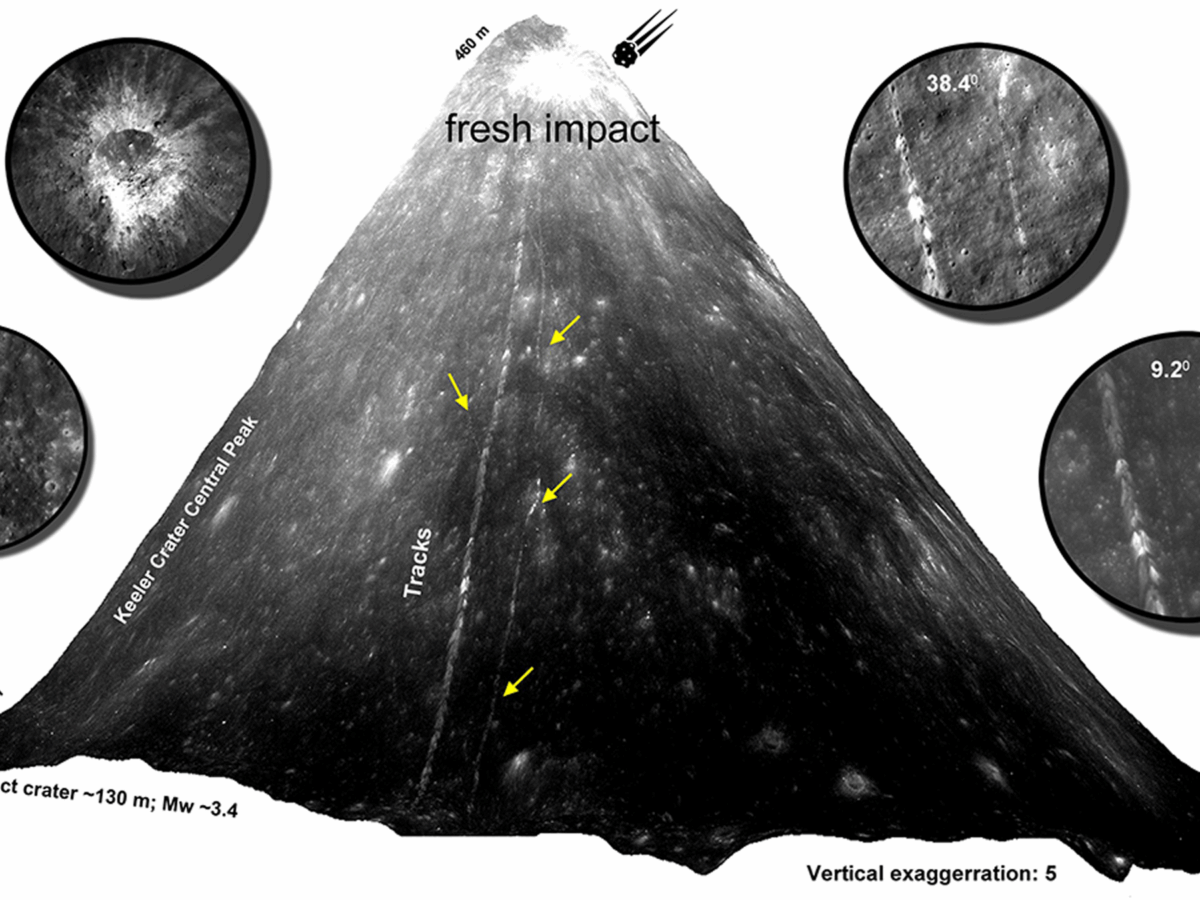By poring over thousands of satellite images, researchers geolocated 245 fresh boulder tracks, revealing signs of seismic activity or impact events within the last half-million years.

By poring over thousands of satellite images, researchers geolocated 245 fresh boulder tracks, revealing signs of seismic activity or impact events within the last half-million years.